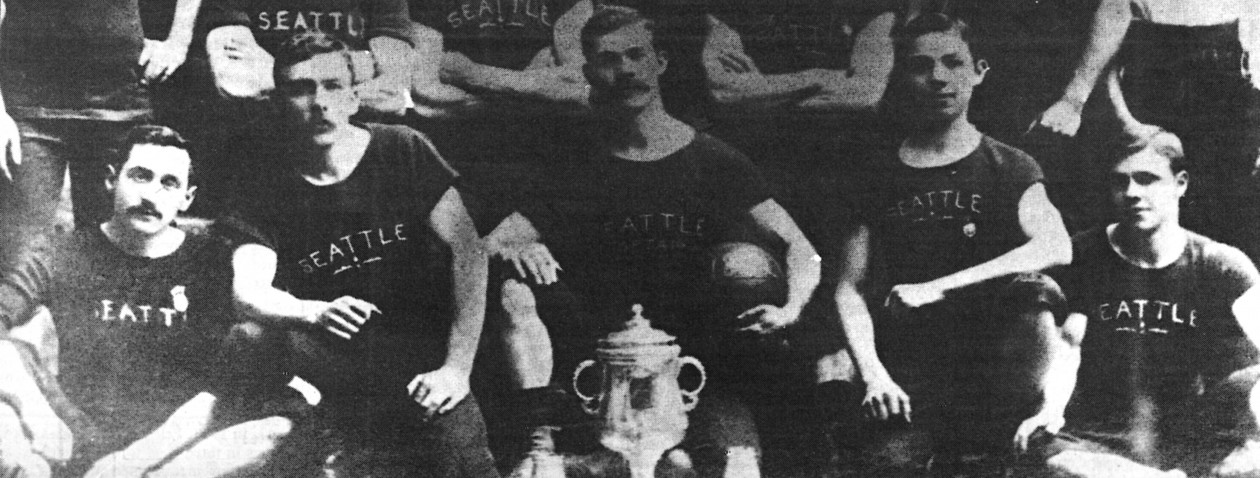It’s a bastardization, for sure. Yet for a time, while it may be a debased version of the Beautiful Game, it was the de facto standard bearer for American soccer.
Indoor soccer, arena soccer or speed soccer, call it what you will, was raising the roof of many an arena while the professional outdoor game was languishing on virtual life support. More than simply a placeholder, the Major Indoor Soccer League (MISL) once featured teams in 14 cities and, in some instances, outdrew its NBA co-tenant.
 Whatever the 6-a-side version lacked in sophistication it compensated with up-close, end-to-end action and showmanship. Not to mention, there was no shortage of goals. Sixty-minute games generated about three times as many goals as the 90-minute, full-field variety.
Whatever the 6-a-side version lacked in sophistication it compensated with up-close, end-to-end action and showmanship. Not to mention, there was no shortage of goals. Sixty-minute games generated about three times as many goals as the 90-minute, full-field variety.
Make no mistake, there was never notion that this Made-in-USA variant would one day spawn a World Cup and FIFA takeover. Indoor soccer was strictly a business proposition.
 During the Seventies, if an arena operator and sports promoter got together for drinks, within a few minutes someone would hatch another plot of how to fill dates and seats in markets where the NBA and/or NHL was absent. They gave the people what they (thought they) wanted: World Team Tennis (featuring cheering during points) and coed pro volleyball (no rotation) were fun while they lasted. Seattle’s Coliseum briefly housed the SeaPort (shared franchise with Portland) Cascades in WTT and the Smashers in the IVA. Each lasted two seasons.
During the Seventies, if an arena operator and sports promoter got together for drinks, within a few minutes someone would hatch another plot of how to fill dates and seats in markets where the NBA and/or NHL was absent. They gave the people what they (thought they) wanted: World Team Tennis (featuring cheering during points) and coed pro volleyball (no rotation) were fun while they lasted. Seattle’s Coliseum briefly housed the SeaPort (shared franchise with Portland) Cascades in WTT and the Smashers in the IVA. Each lasted two seasons.
Indoor soccer possessed far more pizzazz and, thus, staying power, operating as a league sport in Puget Sound for 15 seasons between 1980-97. It was sometimes seasonal but generally players made a living wage, and then some.
It first splashed on the local sports pages in February of 1975, when the Sounders participated in an NASL tournament. Five years later came the first of two Sounders seasons of NASL indoor within a rink on the Kingdome floor. When the Tacoma Dome opened in 1983, the 6-a-side game was reaching its pinnacle and the Stars began their 10-year run in the Woodshed, while also effectively pulling the Astroturf rug out from under the then-teetering Sounders.
 By 1992, the MISL had run its course; Tacoma was one of seven remaining franchises when the league folded shop. Replacing the MISL was the Continental Indoor Soccer League, which granted a team to the Seattle Sonics’ parent company in 1995. A three-summer run climaxed with growing crowds and a CISL championship for the Sea Dogs in 1997.
By 1992, the MISL had run its course; Tacoma was one of seven remaining franchises when the league folded shop. Replacing the MISL was the Continental Indoor Soccer League, which granted a team to the Seattle Sonics’ parent company in 1995. A three-summer run climaxed with growing crowds and a CISL championship for the Sea Dogs in 1997.
There are many colorful memories of those nights, when the fog machine poured forth and the lasers pierced the darkened arenas, when players known as Flipper, the Elegant Assassin and John Olu-Molomo graced the green carpets. That nostalgia has come back to life in recent winters with the return of the Stars and the short-lived Seattle Impact.
Over the coming weeks will come stories of those who played, coached or cheered during those days when, believe it or not, indoor soccer reigned supreme.
